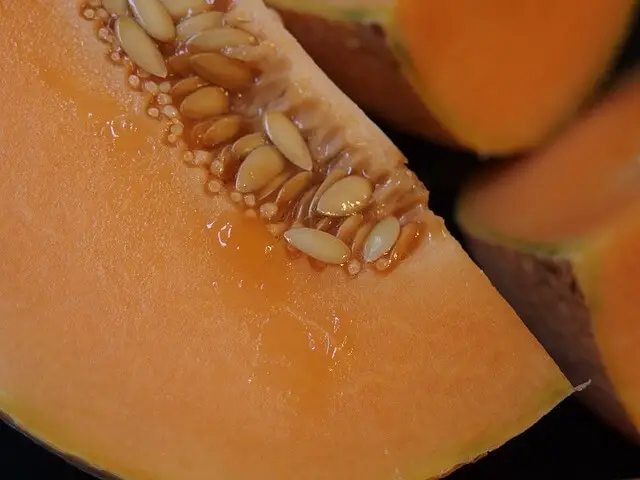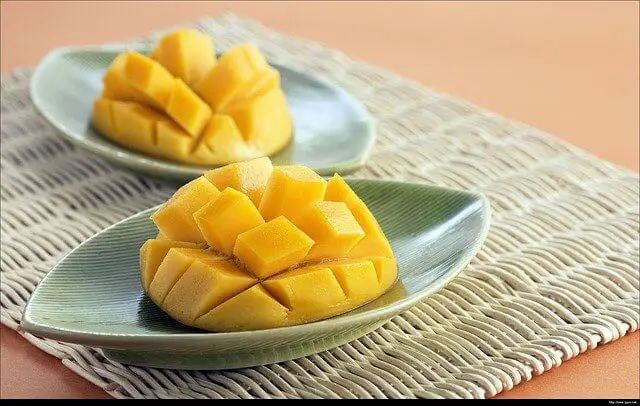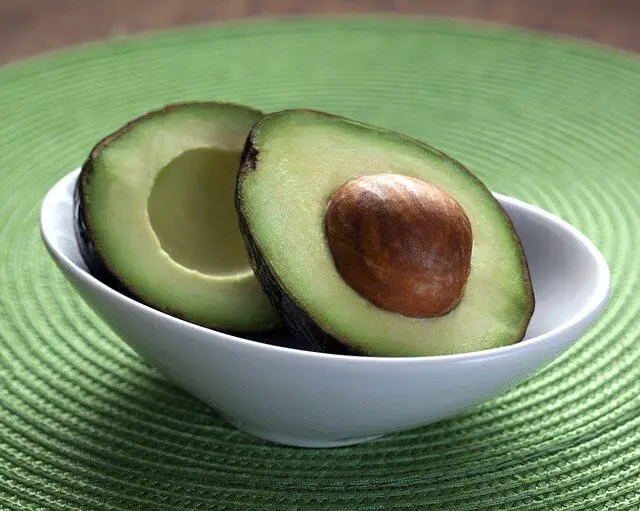Musk melon species include cantaloupe, honeydew, and casaba melons. Musk melons are all members of the Cucurbitaceae plant family, which also contains almost all squash and melan species.
Cantaloupe comes in two varieties: North American cantaloupe (Cucumis melo reticulatus) and European cantaloupe (Cucumis melo reticulatus) (Cucumis melo cantalupensis). The net-like geometric structure on the skin of the North American cantaloupe is distinctive (hence the name reticulatus). The European cantaloupe’s skin is pale green and somewhat ribbed. Both have solid orange flesh that is somewhat delicious and contains a lot of water.
The orange hue of cantaloupes is due to a high vitamin A concentration. A cup of this delectable melon includes just about 13 grams of sugar. This is slightly more than for other fruits, but keep in mind that a 12-ounce can of soda has roughly 40 grams of sugar and virtually little nutritious benefit.
Are cantaloupes high in sugar?
Cantaloupe The orange hue of cantaloupes is due to a high vitamin A concentration. A cup of this delectable melon includes just about 13 grams of sugar. This is slightly more than for other fruits, but keep in mind that a 12-ounce can of soda has roughly 40 grams of sugar and virtually little nutritious benefit.
Which melons are best for diabetics?
Watermelon is safe to eat in little amounts for diabetics. Watermelon and other high-GI fruits should be consumed alongside meals rich in healthy fats, fiber, and protein.
Can diabetics eat cantaloupe or honeydew?
While honeydew melon has carbohydrates that might temporarily elevate your blood sugar, it also contains fiber and other nutrients that may help improve blood sugar control over time. In conclusion, consuming fruit on a regular basis, such as honeydew melon, is connected with a decreased risk of diabetes and related health issues.
What fruits diabetics should avoid?
Vitamins, minerals, and fiber are abundant in fruit. Fruit, on the other hand, has high sugar content. Diabetics must maintain a tight eye on their sugar intake to avoid blood sugar rises. High-sugar fruits
- Watermelon
- Dates, dried
- Bananas that are overripe
Can a diabetic eat muskmelon?
They help with weight reduction: Muskmelons have a low-fat content and hence aid with weight loss. 5. It can aid with diabetes management: Muskmelons can help with diabetes management by managing blood sugar levels. Include muskmelon in your regular diet to help control your diabetes.
Which melon has the least sugar?
Cantaloupe with a lower sugar content Cantaloupe is a low-sugar melon, with only 5 grams of sugar per medium-sized wedge, similar to watermelon. It’s OK to eat on its own. Cantaloupe with cottage cheese and a touch of salt on top is a popular combination.
Is cantaloupe high in sugar and carbs?
Cantaloupe this famous orange melon is ideal for a hot summer day since it has just 8.16 g of carbs and 0.9 g of fiber per 100 g of fruit, for a total of 7.26 g of carbohydrates. Melons are also classified as low-fructose fruits. Some folks enjoy cantaloupe or honeydew with their tuna salad.
Conclusion
Eating cantaloupes has several immediate and possible long-term health advantages. Cantaloupe is a fantastic diet for keeping energy inside cells and managing blood glucose levels since it is high in fiber, B vitamins, and electrolytes and has a low glycemic load. As a result, cantaloupe aids in staying hydrated, active, and alert.
Cantaloupe eating has also been linked to preserving skin and hair health, decreasing blood pressure and supporting heart health, keeping eyesight throughout aging, boosting blood-glucose metabolism, and reducing oxidative stress in diabetic kidneys.
When compared to other fruits, cantaloupe has a somewhat high glycemic index of 65, but because it is mostly water, a standard 120-gram amount contains very few carbohydrates and calories, resulting in a very low glycemic load score of 4. As a result, both diabetics and those at risk of developing diabetes should consume entire cantaloupes.



